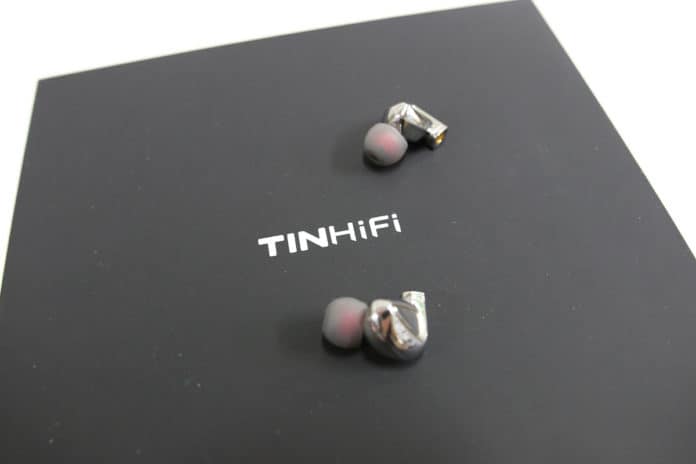There aren’t too many planar magnetic in-ears out there. This makes the TinHifi P1 one of only a handful; attempting not only to bring planar magnetic down to IEM-size, but to do it for under $200. The only real competitor out now is the Monolith M300, which is clearly modeled after Audeze’s iSine series (the real groundbreaker for in-ear planars). But TinHifi forgoes that Spiderman-looking design in favor of a more typical IEM aesthetic. You can’t tell they’re planar magnetic by looking, but let’s see what a good, long listen reveals to us in this TinHifi P1 Review.
Awesome Affordable Planar Magnetic In-Ears: TinHifi P1 Review
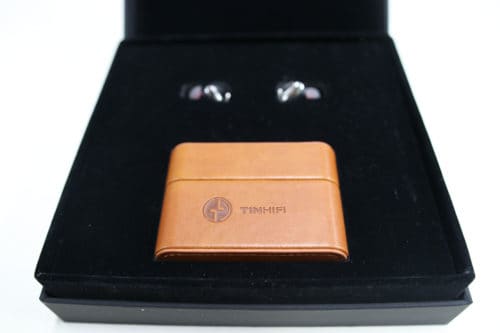
Design
The P1 comes in an attractive package. Just a simple black case with white lettering, and a classy leather case. The detachable cable is also a classy affair, with a quadruple-braided copper wire that matches the case. The buds themselves are all reflective metal, similar to the Campfire Audio Comet. They’re shaped kind of like a flag, or the end of golf club depending on your orientation. And although aesthetics are largely subjective, I have to commend the P1 in this department. I’m smitten, what can I say?

Fit
The atypical shape initially had me conflicted, but I grew to love it. It took some getting used to, but now I think it’s great. The buds have a very low profile when sitting in the ear, which I love. They slide in easily and the cable wraps around the outside of the ear in predictable fashion. The metal casing gives the P1 a perfect amount of heft as well. Not too much, but enough to feel durable and high-quality.
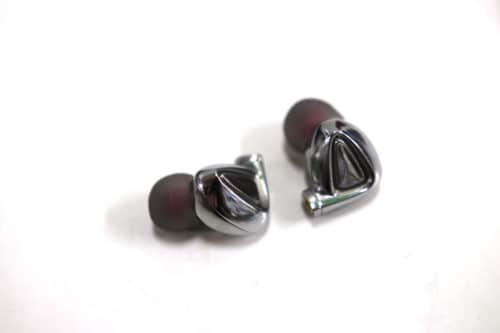
Initially however, the fit feels loose, as if the seal isn’t quite right. It doesn’t provide that vacuum-inducing, ignore-the-outside-world fit that one might expect from wrap-around IEMs. The sound quality doesn’t suffer for it (I didn’t think), and after a while I actually began to appreciate the breathing room that the P1s give my ear canals. It makes removing them much easier, and eliminates the fear of breaking the vacuum seal too quickly. Ambient noise isolation does suffer a bit, but this isn’t an issue once the music is playing.
Sound
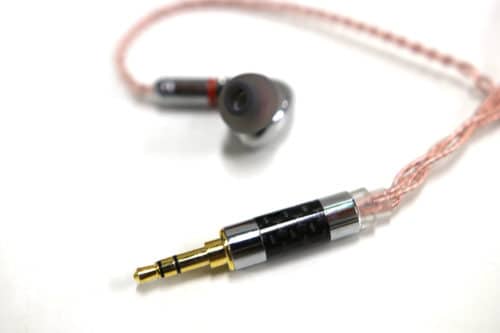
The P1 uses a 10-millimeter planar-diaphragm driver, so those accustomed to typical earbuds can expect less bass oomph, but a whole lot more intricacy. I should also mention that these earbuds are tougher to drive than a standard dynamic pair. For casual listening, I needed the volume around 50-75% on my iPhone. I usually rock a pair of IEMs around 25-50%. So while you shouldn’t need an amp unless you really like to blast your buds (in which case you should just stop doing that), it’s worth mentioning.
Lows
Compared to even other planar-magnetics, the P1 is light on the bass, but only where punch is concerned. The bass here is detailed and responsive, but it certainly isn’t vying for center stage. Kick drums are tight (with some upper-low click thrown in), but never boom longer than intended. You get a quick, dry hit and that’s it. Clean and efficient.
I think that in context with the rest of the P1’s frequency representation, the bass sits exactly where it needs to. But those looking for a warm or punchy bass sound might be disappointed, especially if you are accustomed to dynamic or balanced armature IEMs.
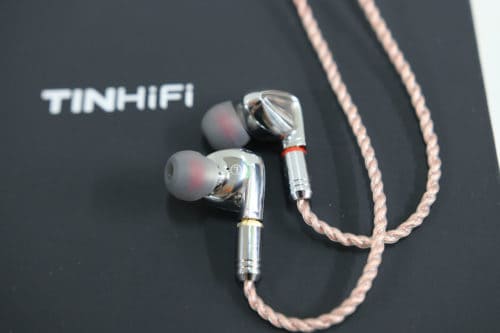
Mids
It’s the midrange and the high-end where the P1 really shines. Detailed, revealing and natural-sounding. Midrange instruments are crispy and well-defined from each other, increasing the sense of depth. The low-mid punch is the only thing that felt lacking, but if you’re really missing it, you’re better off with something dynamic anyway. The P1 can’t really do growly or dirty. What it does is pretty, sparkly and delicate.
Naturally, musical genres bearing that description will sound better on the P1 than genres that need some grime. Jazz, classical, jam bands, and electronica all sounded amazing, with tiny sonic details dancing all around. But certain dirtier rock genres like punk and grunge occasionally overwhelmed the P1s in the midrange.
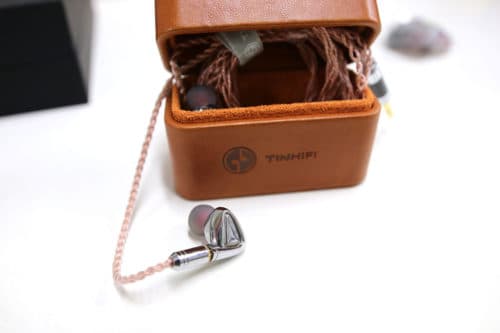
Highs
The highs have great extension, going all the way up to 40,000 Hz. All the strengths and weaknesses of the midrange apply to the high-end, but I will add that if high-end extension is a priority for you, this is the greatest strength of the P1. For all the extra frequencies hanging around, it stops just on the verge of sibilance. All that crisp and sizzle amazingly steers clear of affecting the vocals in an unnatural way.
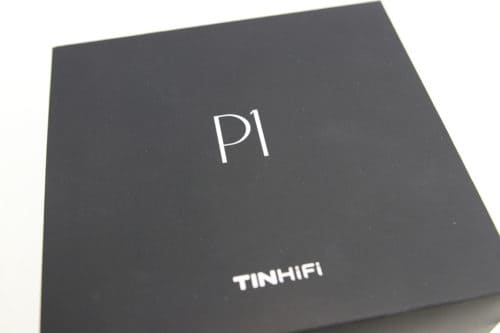
Conclusion
The P1 is a fantastic way for a beginner to get acquainted with the sound of planar magnetic. And while they lack the low-end punch of some higher-end planar magnetic in-ears, I really can’t fault them, given the price. I’d steer you away if you listen to a lot of loud, distorted music that calls for a warmer sound signature. But other than that, these buds are a fantastic choice for under $200.
Pros- Fantastic high-end extension, great fit, impressive detail at the price
Cons- Not punchy, can’t handle certain walls-of-sound
Find them on Amazon
MajorHifi may receive commission from retail offers.
MAJORHIFI may receive commissions from retail offers.


